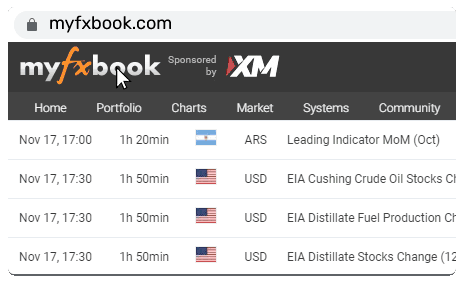AUD Overview

I believe that the RBA has finished increasing interest rates, at least for now. Based on my analysis, I predict that the RBA will hold the cash rate at 3.60% for several quarters after pausing in April. My view is influenced by the belief that the economy reached a turning point in activity, the job market, and inflation around the beginning of this year. Additionally, I assess that the RBA's priority is to achieve a soft economic landing, even if it means above-target inflation for a period. Recent developments in the global banking sector are likely to support the case for an RBA pause. However, despite the expectation of high inflation for some time, I do not anticipate any rate cuts soon.
There is a significant level of uncertainty surrounding what the RBA will do next, owing to data and reaction function ambiguity. The RBA faces a challenging task of precisely determining the amount of tightening required to slow the economy down to a comfortable level, where inflation will fall to its 2-3% target, without causing a recession.
This calibration process is hindered by several unusual factors, including the RBA's exceptionally rapid and substantial rate hikes, which amounted to a 350bp increase within only ten months. Consequently, it is challenging to assess the full impact of the monetary tightening that has already occurred. Typically, it takes between 6 to 12 months to observe the most significant impact of cash rate changes on the economy due to lags in monetary policy transmission.
Secondly, during the pandemic, households have been saving significantly more than usual, making it challenging to predict how much of this surplus will be utilized for increased consumer spending and for how long.
Thirdly, Australia is facing a fixed-rate mortgage cliff in the upcoming quarters. A considerable portion of the mortgage book has transitioned to 2- and 3-year fixed-rate loans, providing very low interest rates because of the RBA's term funding facility.
However, many of these mortgage terms expire this year, and rates for these borrowers are expected to rise steeply from approximately 2% to 5.5%. This rollover will account for about 20% of the national mortgage book in the next year or so.
According to the RBA's estimates, only 240bp of the 350bp of cash rate tightening have been reflected in the average mortgage rates, partly due to the lagged impact of the fixed-rate mortgage cliff. All of this uncertainty suggests that the RBA may exercise more caution than usual. They will need to balance the risks of overtightening and triggering a recession against those of less tightening, resulting in higher persistent inflation than they are comfortable with. As I recently highlighted, the fact that there are few signs of excessive wage growth should reassure the RBA that high inflation expectations are not entrenched.
To cut through the uncertainty surrounding the RBA's actions, I have adopted a simple rule of thumb to understand their reaction function. My expectation is that once the RBA believes that inflation has peaked and that the unemployment rate has hit its lowest point, they will pause. While jobs growth was strong in February, it followed two months of weakness, and other indicators suggest that the jobs market is loosening. Additionally, the monthly CPI indicator for January fell from its peak, and I anticipate that the February print will reaffirm that inflation has passed its peak. (Will be released this week)
Furthermore, recent global financial developments support my view. The challenges faced by the US and European banking sectors are likely to cause greater tightening of financial conditions, which should deliver more global disinflation and help the RBA lower local inflation faster.
My view is that the RBA will pause in April and keep the cash rate at 3.60% for several quarters after that. However, I do not expect cuts anytime soon, as the RBA would need to be convinced that inflation was likely to rapidly return to its target band. Instead, I believe the RBA will hold steady and acknowledge that although inflation is still too high, they have tightened significantly, and the economy is moving in the right direction to bring inflation back to target.
Looking further ahead, there are two-sided risks around my rates view. If there is more domestic wages pressure or higher inflation, the RBA may choose to tighten further. Conversely, if there is a larger global downturn and a disinflationary impulse, rates could be cut sooner.
However, I believe that the RBA will likely deliver a long pause, as holding rates steady at an above-neutral rate should be seen as a source of stability for the economy while it dis-inflates slowly.
This content may have been written by a third party. ACY makes no representation or warranty and assumes no liability as to the accuracy or completeness of the information provided, nor any loss arising from any investment based on a recommendation, forecast or other information supplied by any third-party. This content is information only, and does not constitute financial, investment or other advice on which you can rely.



















